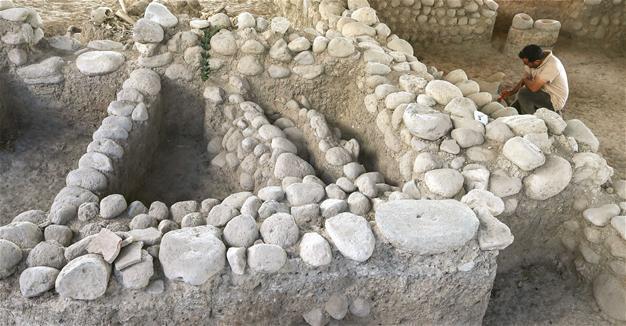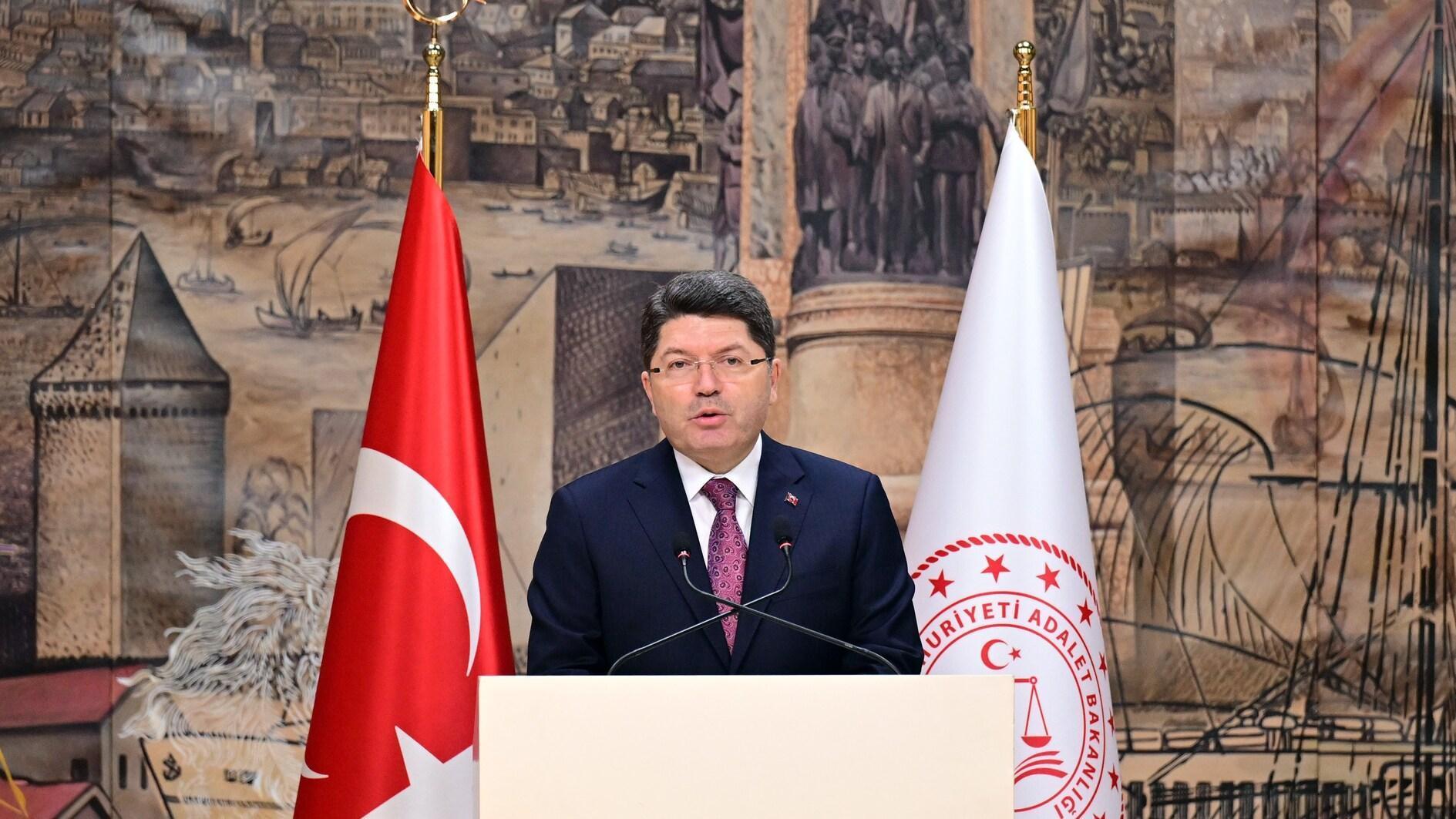Yassıtepe excavations reveal ancient luxurious life in İzmir
İZMİR – Anadolu Agency
 The Yassıtepe excavations that are ongoing at the Yeşilova Mound in the western Turkish province of İzmir have unearthed the ruins of 5,000-year-old structures, as well as “luxurious” residents at the time.
The Yassıtepe excavations that are ongoing at the Yeşilova Mound in the western Turkish province of İzmir have unearthed the ruins of 5,000-year-old structures, as well as “luxurious” residents at the time. The head of the excavations, Assistant Professor Zafer Derin, said that by examining maps from 1923 they had identified the existence of an old settlement in the region and started working at the Yassıtepe excavation site in İzmir’s Bornova district as part of the Yeşilova Mound excavations.
“We found the traces of an era at a spot very close to the surface. In this era, metal was used, wars occurred and trade was conducted. The findings start from 10 centimeters to the ground. We found 10 settlements on top of each other. The settlement on the top is from the same era as Troy. We are working on almost a small Troy,” Derin said.
Troy is the ancient site mentioned in mythology located on the northern Aegean coast in today’s Turkey.
“This site is very similar to Troy with thin, long and metal axes and stone tools. There are also similar pots and pans,” said Derin, adding that the settlement shed light on İzmir’s 5,000-year-old history.
“Excavations and analyses are continuing. It is like a complex with the same buildings built at the same time. There are storage areas in all the buildings. Metal used to be produced too and we found bronze flasks. We can say the society that lived here had relations with Anatolia, like the Troy civilization,” he added.
Luxurious life started here
All the houses uncovered were carefully planned and each house was around 75-80 square meters.
Residents of the area in ancient times lived in houses built by the side of streams in order to swim at their own leisure.
“There was the concept of building complex and the city was surrounded with walls for defense. Luxurious life started here 5,000 years ago. The potteries the area produced are very high quality, as well as their ornaments. They used all opportunities to have a comfortable life. The houses have a veranda. They had venues to chat in daily life. Their life was not only limited to the houses,” Derin said, adding that they also found a mother goddess figure in the field and delivered it to the museum.
















